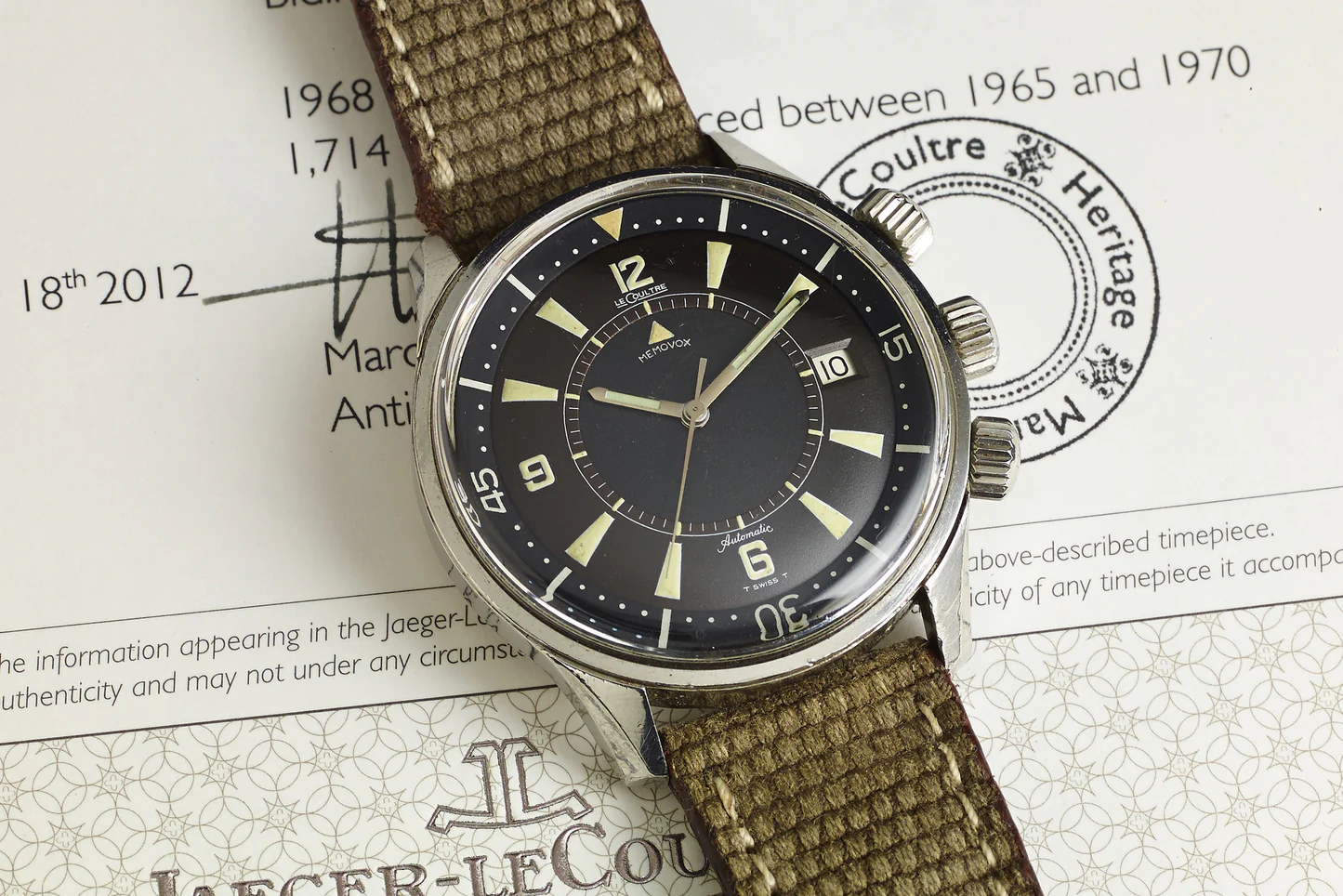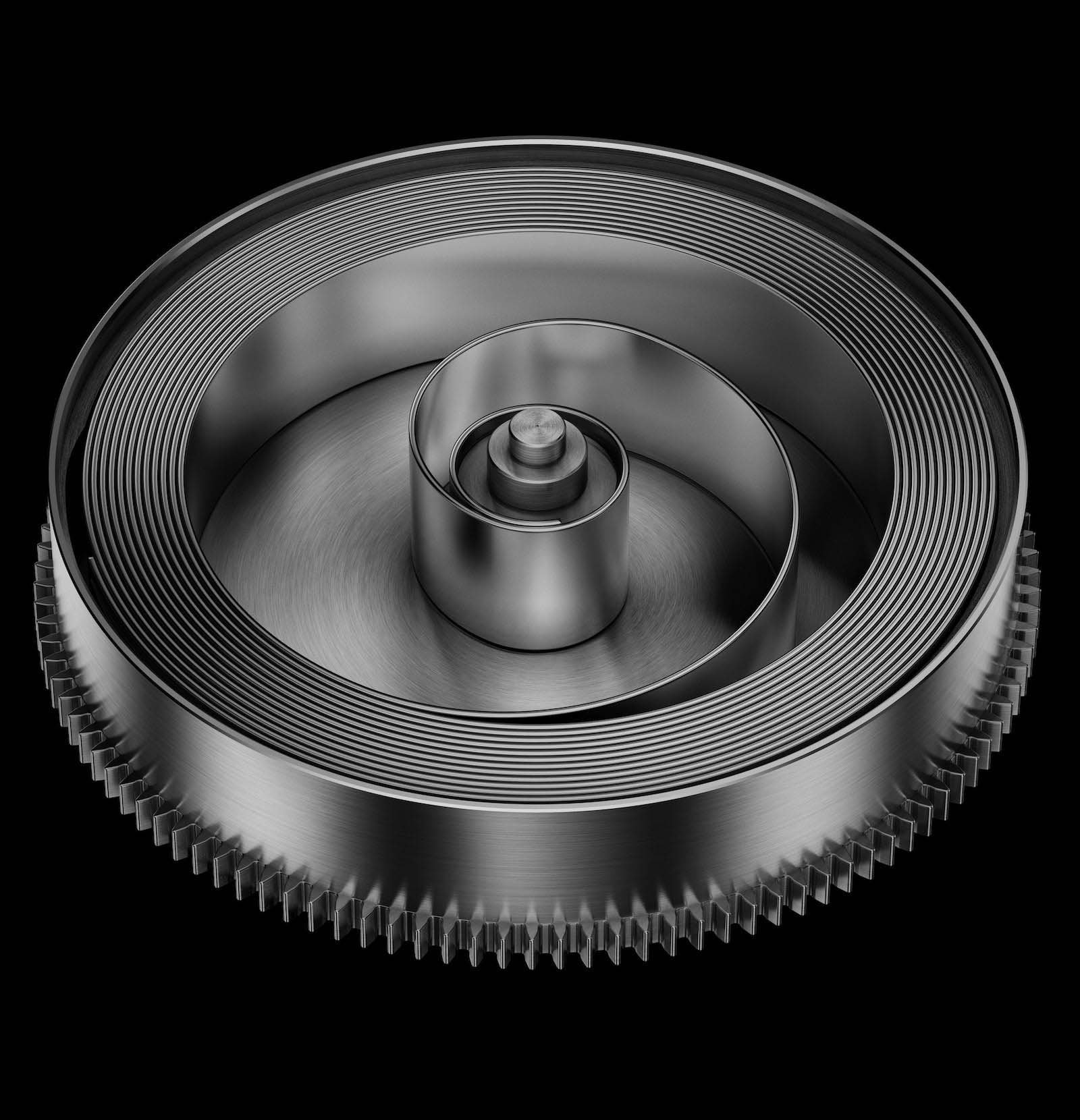Field use case: Concrete
Ultra-trail: Fenix without debate
Decisive advantages ::
- Intuitive navigation (topoactive cards)
- BREADCRUM TRAIL in real time
- Autonomy that keeps the distance
- Military robustness (MIL-STD-810)
Inconvenience : 76g on the wrist. It feels after 20 hours of effort.
Short/medium outputs: winning drilling
For what ?
- Lightness (39-49g depending on model)
- More refined interface
- Instant start -up
- Accessible price
Cards? Superfluous on your usual routes.
Structured training: draw
The two ranges incorporate the same Garmin algorithms:
- Training Effect 2.0
- Body Battery
- Heart frequency zones
- Sleep monitoring
No notable difference after 6 months of crossed tests.
The detail that kills: the screen
Fenix 7x : 1.4 inch, 280×280 pixels, perfect readability even in direct sunlight. Sapphire glass resists everything (tested on Corsican granite).
Forerunner 955 : 1.3 inch, 260×260 pixels, very correct but annoying reflections by strong light.
Detail ? On a 100km, readability becomes crucial.
My verdict after 6 months
For 80% of trailers : Forerunner 255 or 955. Unbeatable performance/price.
For explorers/ultra-trailers : Fenix 7x. Autonomy and navigation justify investment.
For tight budgets : Forerunner 55 to 199 €. Basic but effective to start.
The real question? Your real needs vs your gear addict ego.
Discover our complete comparison of Garmin watches for trail With our detailed tests of 12 models and our personalized buying guide according to your runner profile.
Tested and approved on 2,400 km of trails. Because the terrain never lies.






